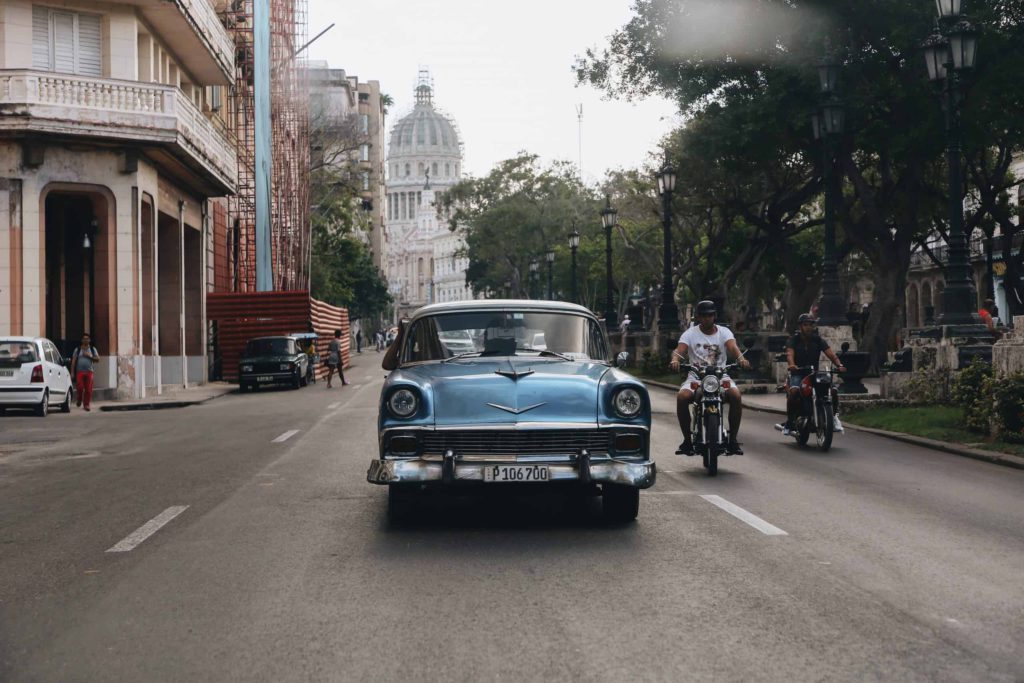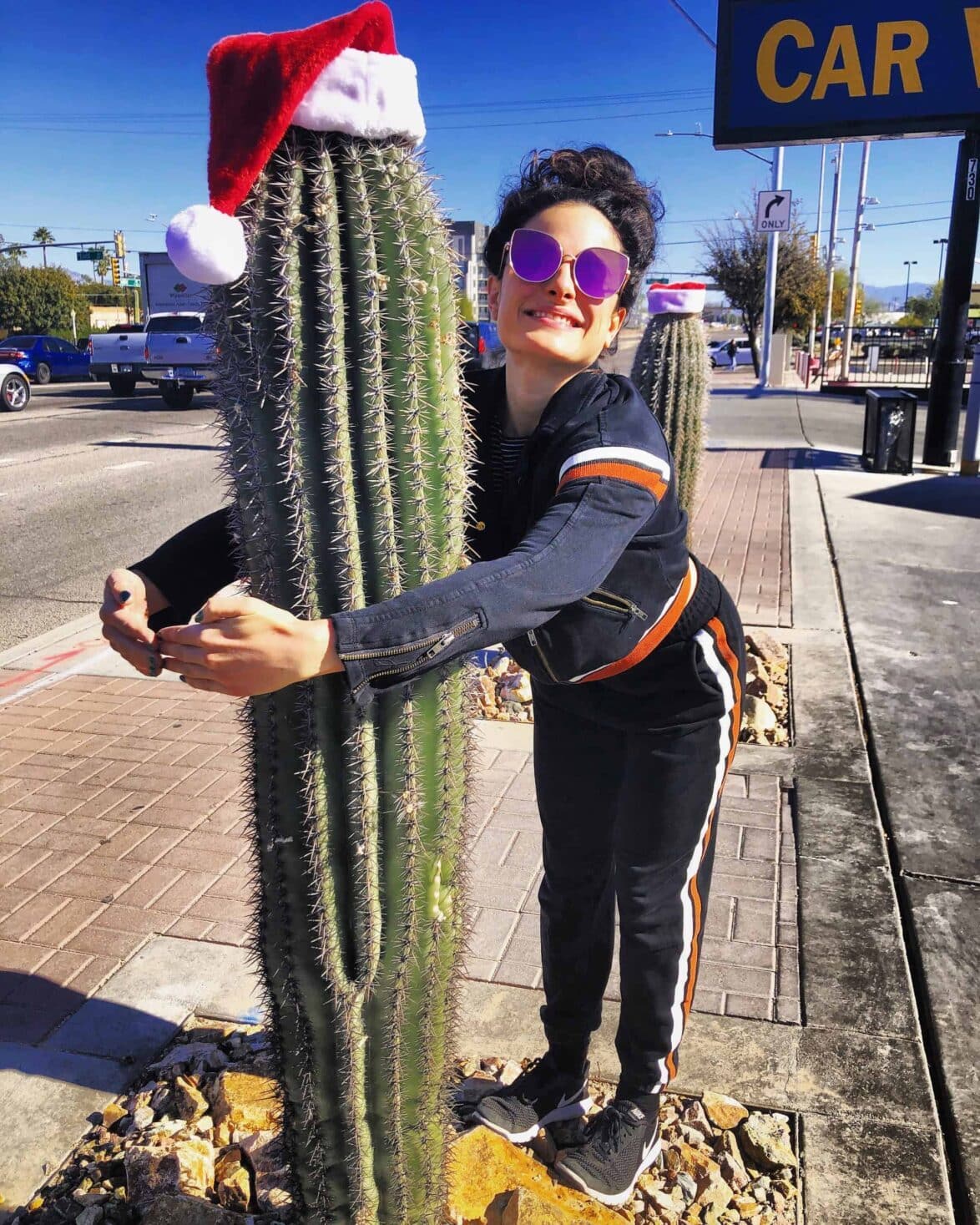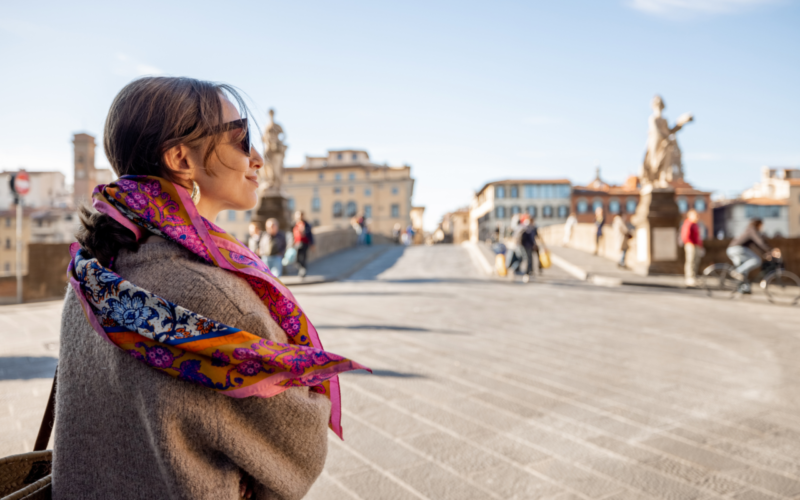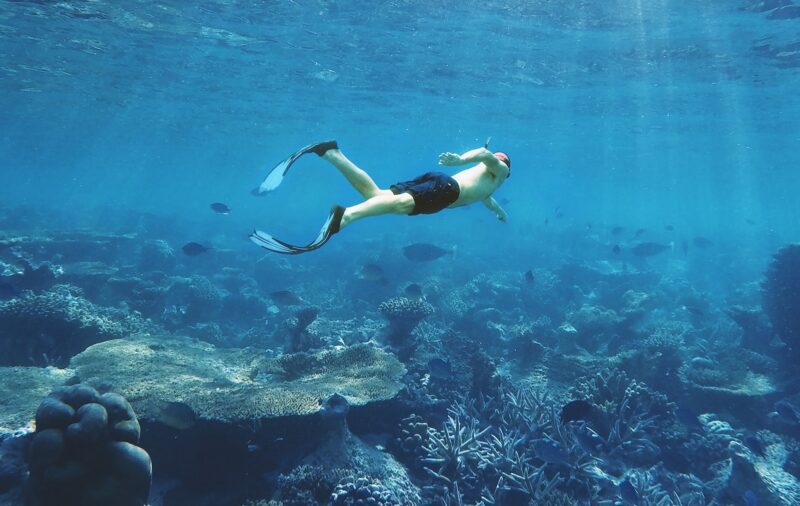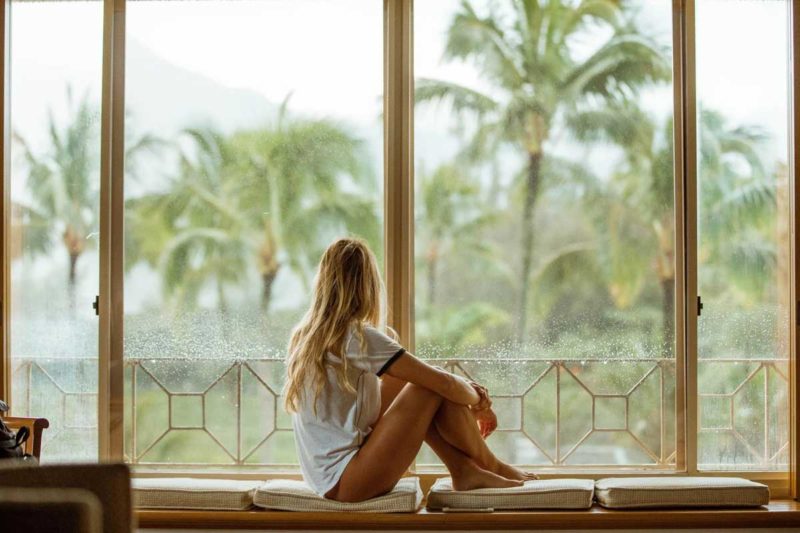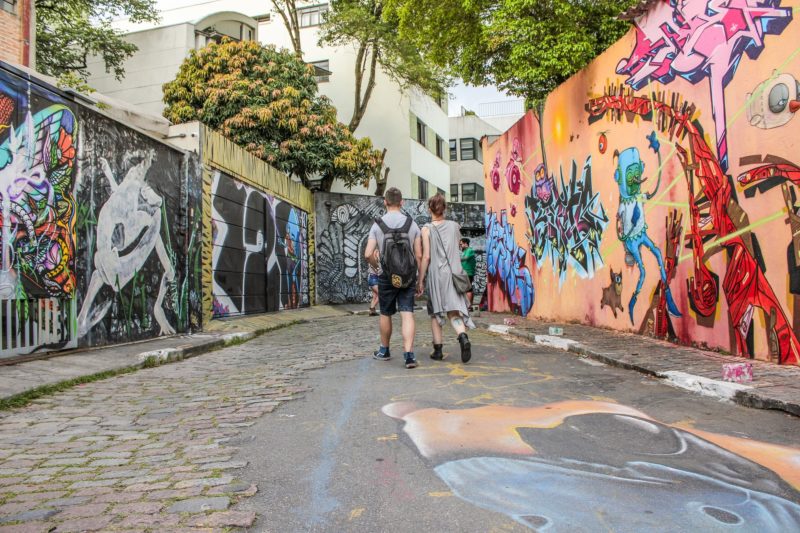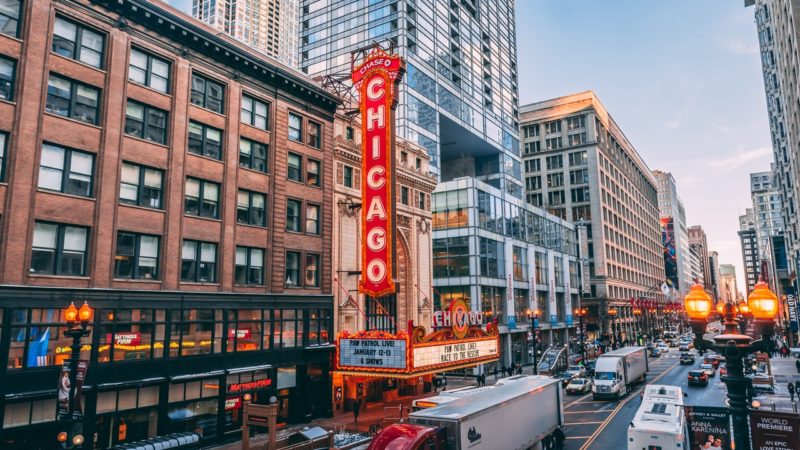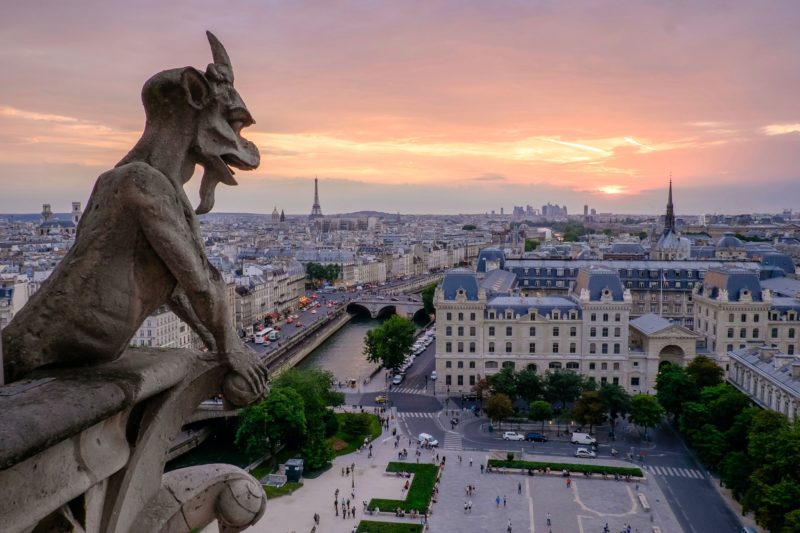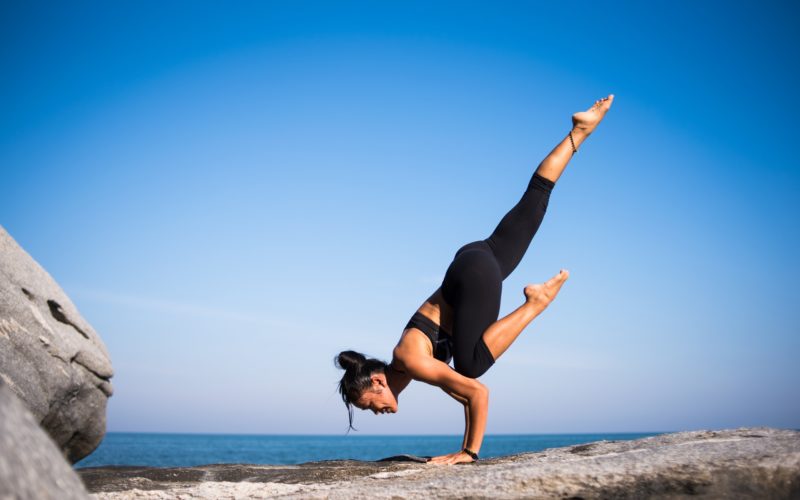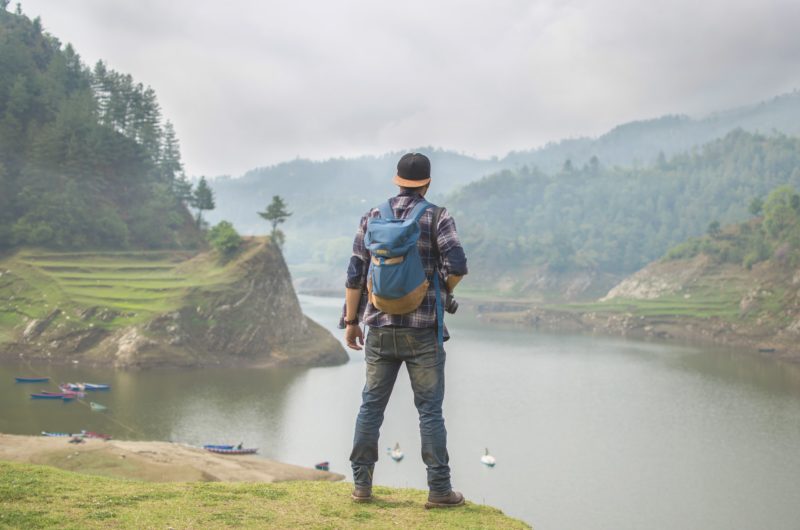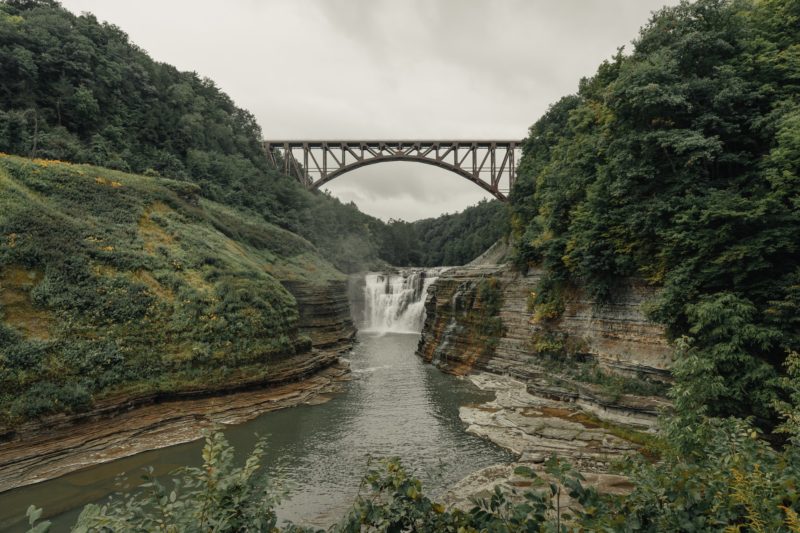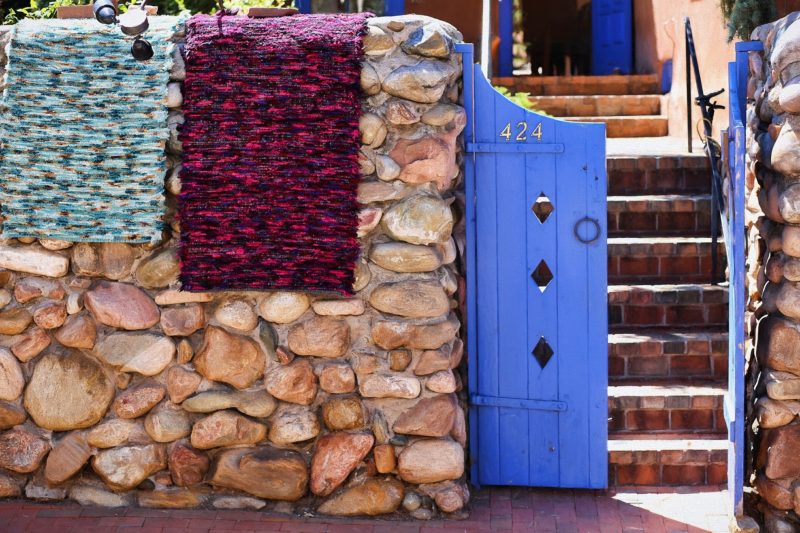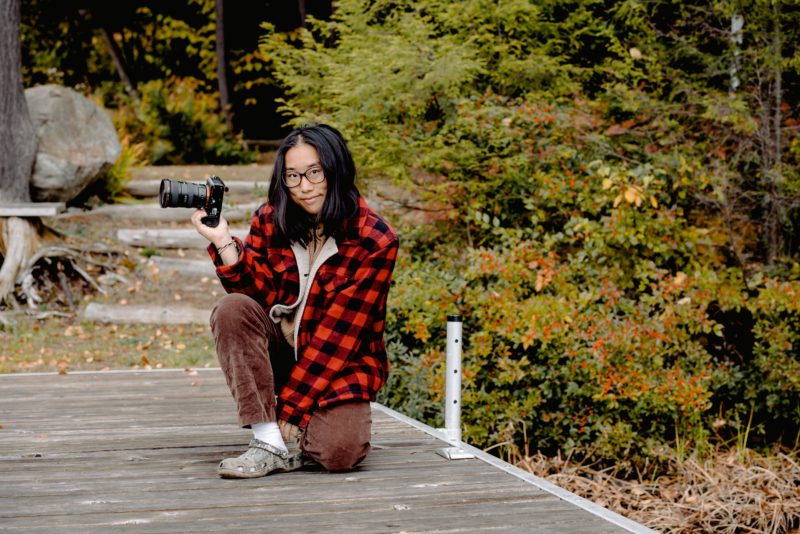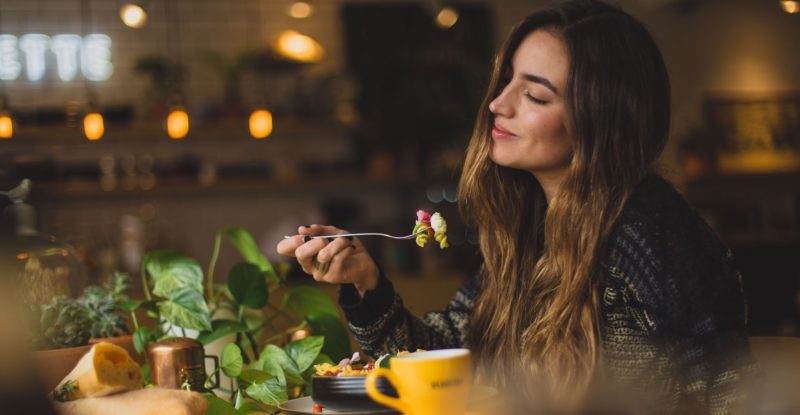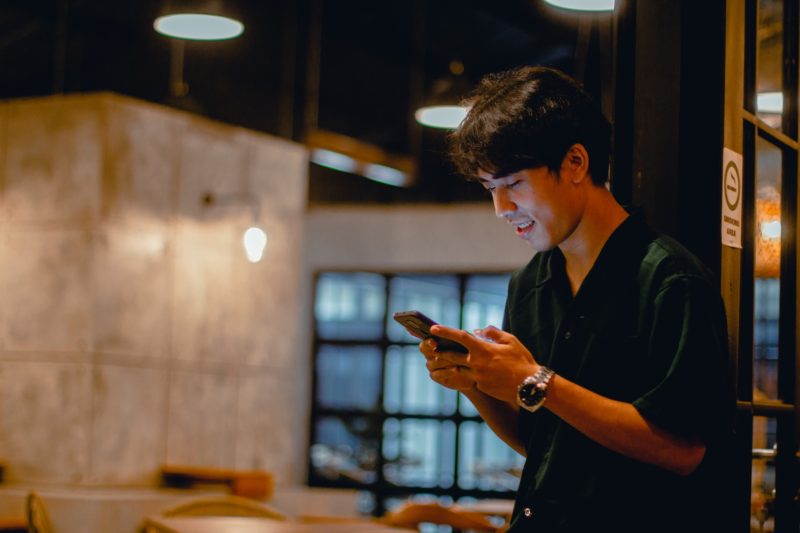The arrangement was simple enough. My host had hired a driver to meet me inside Havana’s airport. He would have a sign with my name on it so that I could find him easily. But reality is always more colorful than the plan.
After taking several frenzied laps around the crowded airport lobby to no avail, I implored a grumpy but good-natured policeman to let me use his cell phone for precisely two minutes. I hadn’t anticipated that having a cell phone in Cuba would be such an uncommon luxury, or that each precious minute of my call would cost him money.
Comically, Suzanna’s broken English was more incomprehensible over the phone than her Spanish would have been. The more I tried to accommodate her by responding in Spanish, the more she insisted, with exasperating generosity, on speaking English. I’d like to think we both hung up laughing at ourselves.
After that clunky phone call, a few awkward encounters, and an interminable line at the money exchange, I finally found my driver, leaning casually on the busted front door of his 1950’s Ford Sedan. I had spent the last thirty minutes frantically searching for this guy, and here he was, baking in the afternoon sun with a sort of indifferent and disheveled elegance. His cream colored guayabera clung loosely to his sinewy frame. I rushed over to him apologetically. But with an easy smile and well-practiced chivalry, he ushered me into the backseat as if I were a celebrity climbing into her limousine. “No te preocupes mi amor.”
Stuffing popped cartoonishly through the threadbare cushions of the backseat and soaked up the sweat from my thighs like an itchy sponge. The manual windows barely came down a crack, but I knew better than to pose the laughable question of turning on the AC. He caught my eyes in the rear-view, “Ok vamonos mi amor, you gonna lobe Habana Vieja!” and off we sped, clanking down the carretera like kids in a toy wagon.
Five minutes later, we screeched to a halt and scooped up a shirtless hitchhiker as if it were standard procedure — we barely exchanged a word. I watched with fascination as my new companion expertly rolled a cigar and smoked it through the slit in the window. His body odor mingled with the hovering vapors of diesel in a remarkably stifling way. Abruptly, he turned and offered me a drag, as if he’d suddenly remembered his manners. I graciously declined, and the three of us barreled cheerfully onward with glorious inefficiency.

As we approached the city center, the brooding likeness of Che Guevara stared down at us from La Plaza De la Revolución. This massive steel sculpture, I later learned, is one of Cuba’s most iconic tributes to its revolutionary heroes. The words “Hasta la Victoria Siempre” (Ever Onward to Victory) flashed by quickly – a fleeting moment that, for me, also marked a definitive arrival.
Havana came on like strong cologne, a chaotic and intoxicating blend of the quintessential and the squalid. Classic cars and their handsome drivers waited with pastel panache for high rollers with fresh Cohiba and flashy side pieces to saunter their way. The boisterous, percussive streets filled my chest with their perpetual rhythm: hooves and guitars and the calls of jocular street vendors echoed by the squeals of barefooted children. More smells: overripe fruit, street meats, the sea, horse shit. From my seat in the car, it felt like I was touring an elaborate film set propped against post-communist ruins. An homage to a bygone era.
When we arrived, I spilled onto the sidewalk and looked upward to see Suzanna waving from her balcony. “My love, Mira! I’m up here! Ven arriba! Welcome!” She hurried down the marble steps to greet me like a playful explosion of curls and warm caramel, effortlessly sexy in her bizarre get up of cut-off sweatpants and glittering stilettos. (Later, she would tell me that she gave salsa lessons. These were her dancing shoes.) She embraced me with the familiarity of an old friend, unapologetically allowing the coarse kinks of her wild hair to caress my face. I had been her guest for barely five minutes, and yet I felt completely at home.
“I’m making the coffee now mí amor,” she reassured me, as though I were expecting it. And with that, she handed me a purple bar of soap which smelled like grape soda. I followed her through the bright kitchen and into my bedroom, cinematic and breathtaking in its simplicity. Just a bed, a wooden desk, and a mosaic floor of Spanish tiles that seemed proud of their age. A gauzy curtain swayed nonchalantly in the enormous window that opened out to a balcony.
I leaned on the wrought iron railing, just as she had done earlier, and inhaled the scenery. Laundry lines that sagged heavy with lingerie and linens, framed domestic vignettes below: old ladies chattering, men sweeping, card games between friends. Golden afternoon light warmed and softened the pastel-hued courtyard, transforming stone into cotton candy. Reality rarely lives up to the romance that active imaginations like mine tend to conjure. So for a moment, I genuinely wondered whether or not I had just slipped into a well-worn reverie. Suzanna touched my shoulder as if to confirm that this reality was, in fact, exactly as I perceived it. “Mmmhhhm,” she said, “They really good peoples.”
And that is how I would come to remember Havana most fondly – for the really good peoples.
Sustainable tourism in Havana, Cuba
The reality of sustainable travel in Cuba is a bit complicated, especially from an economic perspective.
Cuba’s private sector is the fastest growing industry in Cuba’s economy, thanks to the fact that Cuban government has recently eased some of its most restrictive economic policies. However, Cuban entrepreneurs still face considerable barriers to growing profitable businesses within or adjacent to the tourism industry. If you want to contribute to economic sustainability within the private sector as a tourist, patronize as many small businesses and artisans as possible.

Additionally, sustainable infrastructures like reliable public transit, recycling, and energy-efficient buildings are almost non-existent. There are plenty of tour options to choose from but beware of state-run operations that don’t benefit the locals. Check out cubaunbound.com for ethical, sustainable tour options!
Fortunately, Havana is close to beautiful beaches and picturesque towns that can be accessed by busses or shared cars. Viazul seems to be the most popular and reliable bus option for tourists. Car rental companies are also easy to find, though they are almost all government-owned. Making a reservation in advance would be best to avoid hassle. (Note: driving at night is extremely dangerous due to lack of lighting, poor road conditions, and pedestrians, so it should always be avoided.)
If you are staying with a host, they may offer to coordinate travel with trusted friends or help you flag down a colectivo, or shared car. This can feel risky at first, but plugging yourself into the shared care network that locals use is an inexpensive way to avoid common taxi scams. Taking colectivos will also acquaint you with fair fares. In my experience, hosts were more than happy to help me out and make some arrangements with their friends, which was a win for everyone! Though it requires a bit of a leap of faith, allowing your hosts and their trusted network to help guide you is the most sustainable and reliable way to get around in Cuba, as it avoids inconsistent public transportation options and puts money directly into the pockets of the people.
Places to stay in Havana, Cuba (Locally-run and/or eco-friendly accomodations)
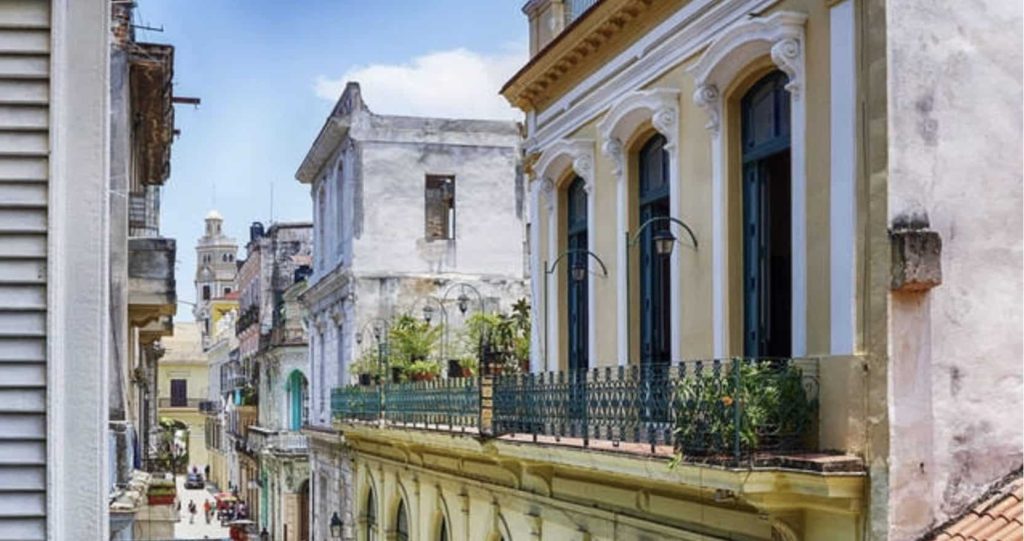
The ecotourism industry has not yet taken Cuba by storm, so supporting locals directly through your accommodations and dining is a must. Casas particulares, the Cuban version of bed and breakfasts, are ubiquitous, relatively cheap, and usually make for an unforgettable stay. Check out cuba-junky.com for a directory of casas and travel tips for first time visitors. I also recommend downloading the Cuba Junky app on your device before leaving your country, since it allows you to save all relevant information offline.
If the intimacy of staying at home with locals feels intimidating, just know that avoiding hotels is arguably the most impactful choice you can make as a sustainable traveler in Cuba. Although the Cuban government has slowly begun to reshape its constitution, entrepreneurs remain severely oppressed by communist policies. For Cuban homeowners, renting out their rooms is one of the only legal opportunities to offset low wages and high taxes with a cash income. By contrast, most hotel options belong to state-run chains that monopolize desirable areas, pay their employees very little, and rely heavily on imported food products to satisfy the tastes of tourists.
Speaking of food, you can also make a sustainable impact by eating with your hosts, as many Casa owners will also offer to cook for you. Dining this way is a cheap, sustainable, and fulfilling opportunity to connect with your new friends (and possibly other travelers!) on a deeper level. In my experience, Casa owners will go out of their way to accommodate your needs and offer you their absolute best.
When you want to go out for a meal, support the local paladares, or privately owned restaurants.
3 Paladares to check out in Havana, Cuba:
La Guarida. This is an expensive celebrity hot spot with a million dollar view and Michelin worthy menu. If you have the resources, you must go.
5 Sentidos. A classy and creative open-concept kitchen.
Grados. From his mother’s humble living room, Chef Bazuk offers global, artful cuisine from locally available foods.
Best things to do in Havana, Cuba for free

Enjoy a day of art, music, dancing and people watching in the Plaza Vieja (in Havana Vieja). Explore the surrounding streets and you’ll find old people sitting on stoops with their doors wide open for cool air and conversation. Don’t be surprised if you’re invited inside for a coffee!
Take a walk down the Malecón during high tide and feel the waves splashing up onto the sidewalk. It is an unforgettable experience to stand in the wind where the highway meets the sea.
Take a short drive or hitch a ride to “Fusterlandia” a kooky and otherworldly town-turned-art installation by Jose Fuster.
Ok, so this fourth one isn’t free… but PLEASE go dancing at Fabrica Del Arte Cubano. This former factory space has become Havana’s premier nightclub and cutting edge art space, beloved by locals and tourists alike!
How to support locals in Havana, Cuba from afar
We can’t travel freely right now, but we can appreciate, celebrate, and share local Cuban artwork from afar! To discover and engage with emerging Cuban artists and to help them gain international renown, check out the following Instagram accounts:



